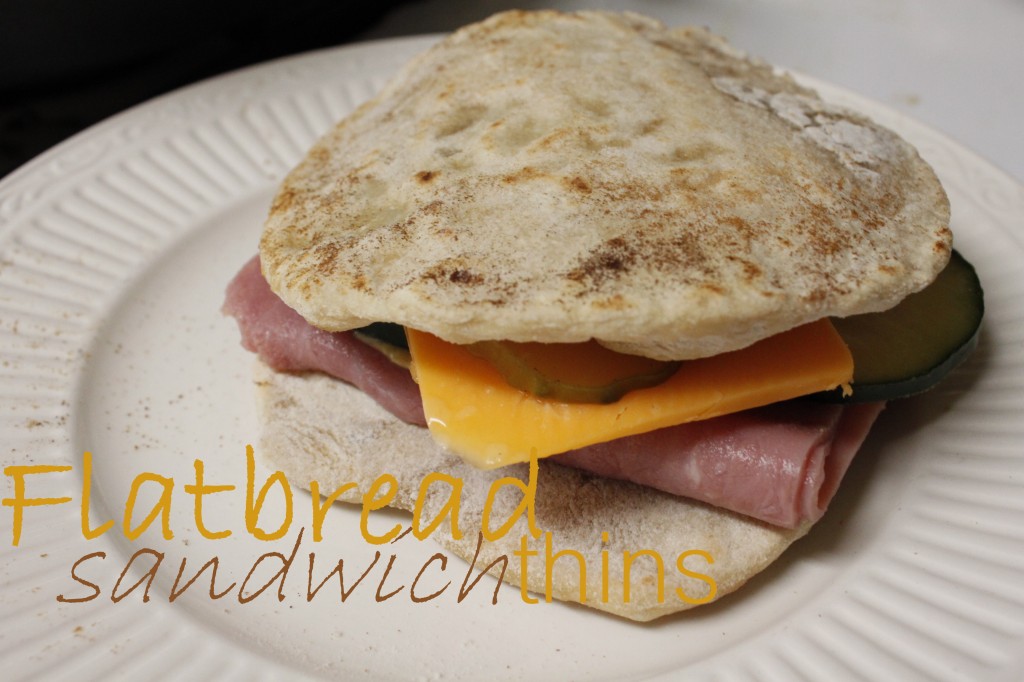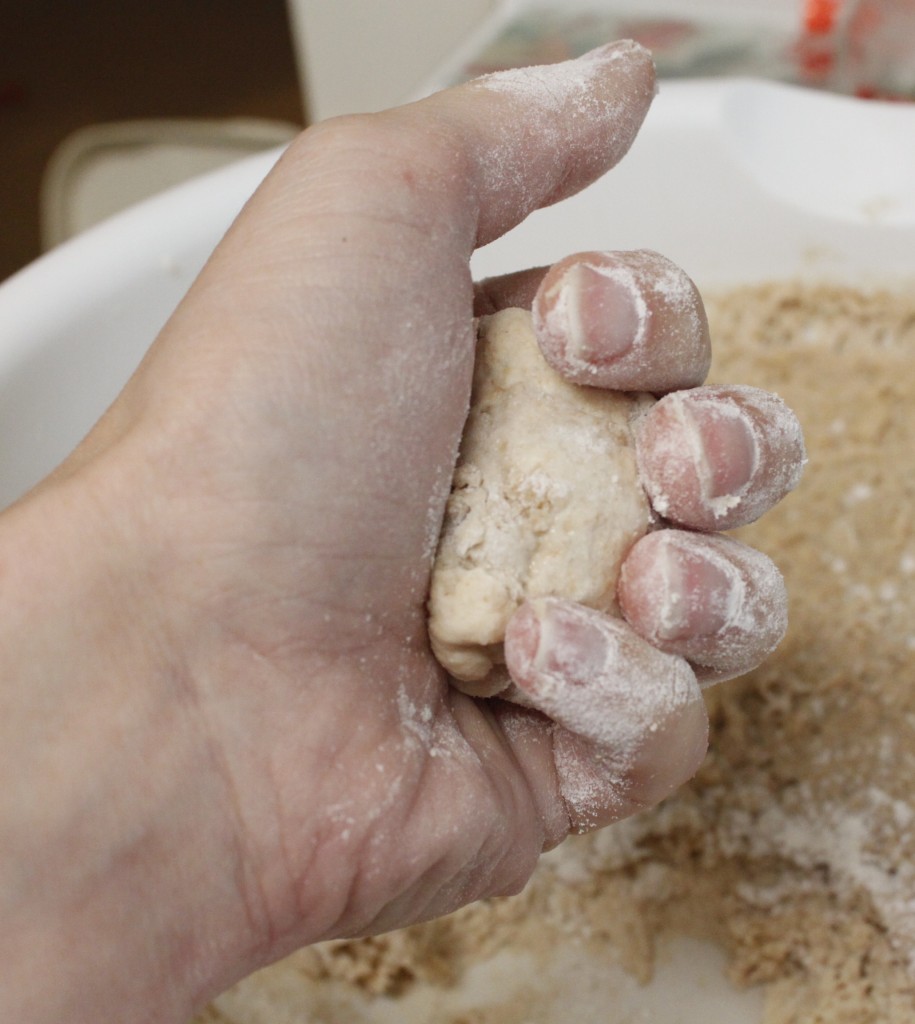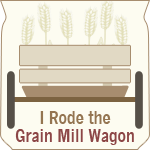Anyone who’s been around here for a while knows of my love affair with 5 Minute Artisan Bread. I truly believe it is the easiest way for the average home cook/chef/baker to make their own delicious, healthy bread for their family. It saves money, and it really is pretty much the quickest way to make bread.
But to be honest, I rarely make loaves with it. Plain old sliced bread is just so yesterday. Instead, I usually make sliders , dinner rolls, pizza crust, pocket sandwiches or flatbread with it. Each option is so super simple and a lot less fussy than a loaf of bread. You know, all those technical terms about crumb and crust and fermentation blah blah blah. I’m not into all that. It takes too much time, effort, and skill that I just don’t have.
I just like to make bread that’s tasty and healthy and not too complicated. And although I love the master “healthy” bread recipe in Healthy Bread in 5 Minutes a Day, I stumbled a while ago across an even easier and less complicated artisan bread dough recipe that is just as versatile.
I always - always - have a batch of this dough in the fridge, ready at a moment’s notice for whatever bread-like goodness I want to whip up, which just adds to its attractive qualities. Recently, I found yet one more use for this amazing bread dough: mini flatbreads. They are reminiscent of sandwich thins, although not exactly the same thing because the official sandwich thins are technically smooshed rolls, and these are definitely flatbreads. Two different things.
But I like to think these are even better. Flatbread is my favorite all time form of bread because it’s so soft, and yet a bit chewy. But it doesn’t necessarily make a great sandwich because it’s usually too thick to fold effectively like a tortilla into a taco or burrito shape. And way too floppy to stack on top of another piece to form a real sandwich shape. Enter the mini flatbread: all the yummy taste and texture of traditional flatbread, but miniaturized to make the perfect sturdy little sandwich.
Trust me. It’s way better than sliced bread.
Flatbread Sandwich Thins
Ingredients
- 8 oz (or about 2 cups) white whole wheat flour
- 8 oz (or about 2 cups) all-purpose unbleached white flour
- 1 TBSP yeast
- 1/2 TBSP salt
- 1/2 tsp ground ginger, optional
- 12 oz (or 1.5 cups) lukewarm water
Instructions
- Measure the dry ingredients into a very large bowl. Whisk together.
- Stir in the water until well combined. This might take a little oomph, but when the dough starts to get just a bit on the sticky side, you’ve accomplished your mission.
- Allow the dough to rest at least a couple hours (I usually let it sit all day); it will rise and fall. Just let it do it’s thing.
- Cover the bowl loosely and store in the fridge until you need it. (It’s easier to work with the next day.)
- To make the mini flatbreads, sprinkle the dough with a bit of flour. Pinch off a small piece and form a ball; it should be maybe 1.5″ in circumference, and you should be able to hold the ball in your palm and curl your fingers around it. The size is the most important thing here. Too large and it will be too floppy; start smaller than you think and adjust from there.
- Pat the ball into a round disk and place it on a lightly floured surface. Gently roll it into a circle about 2.5-3″ in diameter.
- Heat a frying pan over high heat (no oil). Place the flatbread on the pan and cook until bubbles form on the top. Flip and cook briefly on the other side. Remove from heat, and continue with remaining dough.
Notes:
- The ginger is a dough conditioner and is totally optional. It does not add flavor.
- You can also use 1 or 2 TBSP of orange juice as part of the liquid; according to King Arthur Flour, orange juice improves the texture of whole-wheat-flour bread dough. Once again, it doesn’t affect the flavor.
- You can make a few flatbreads at a time, as you need them, and store the remaining dough in the fridge.
- This recipe is halved. You can double it all except the yeast, which only increases to 1.5 TBSP.
- This recipe really is truly best when the ingredients are weighed. I use the EatSmart Digital Kitchen Scale. I also like to sift the flour through a mesh strainer as I’m pouring it into the bowl; it really creates a lighter finished product.
- I even make an allergen-free version using this recipe for gluten-free egg-free artisan bread.






